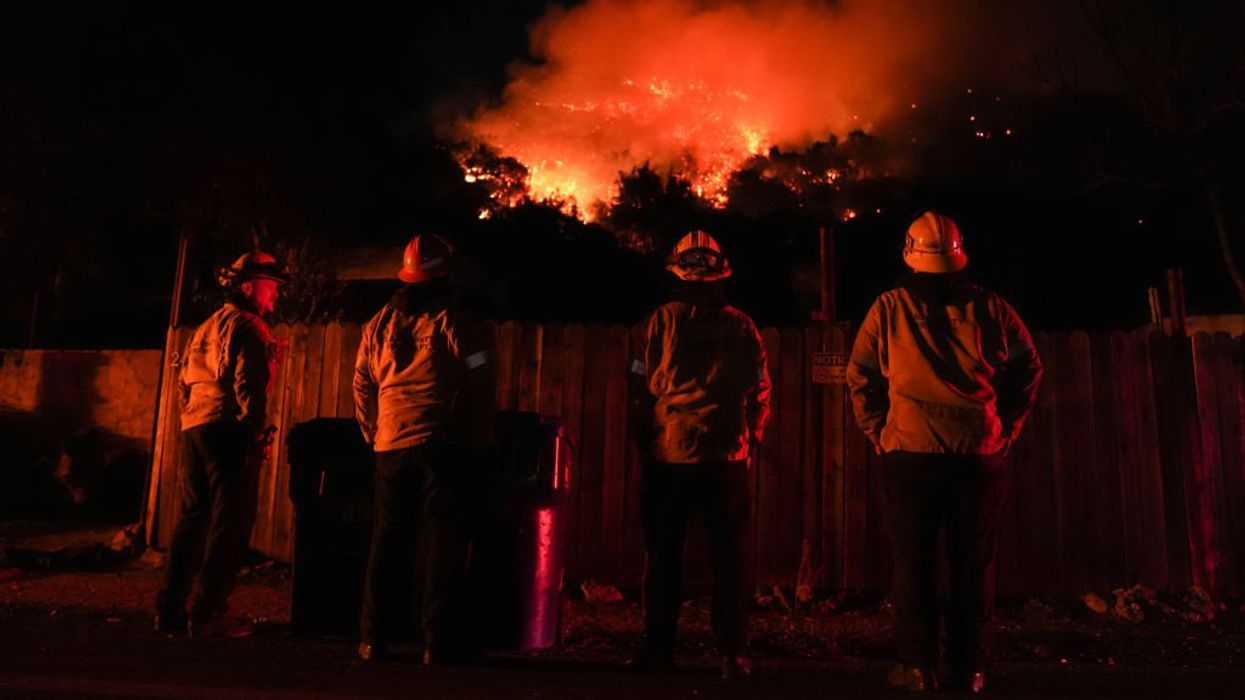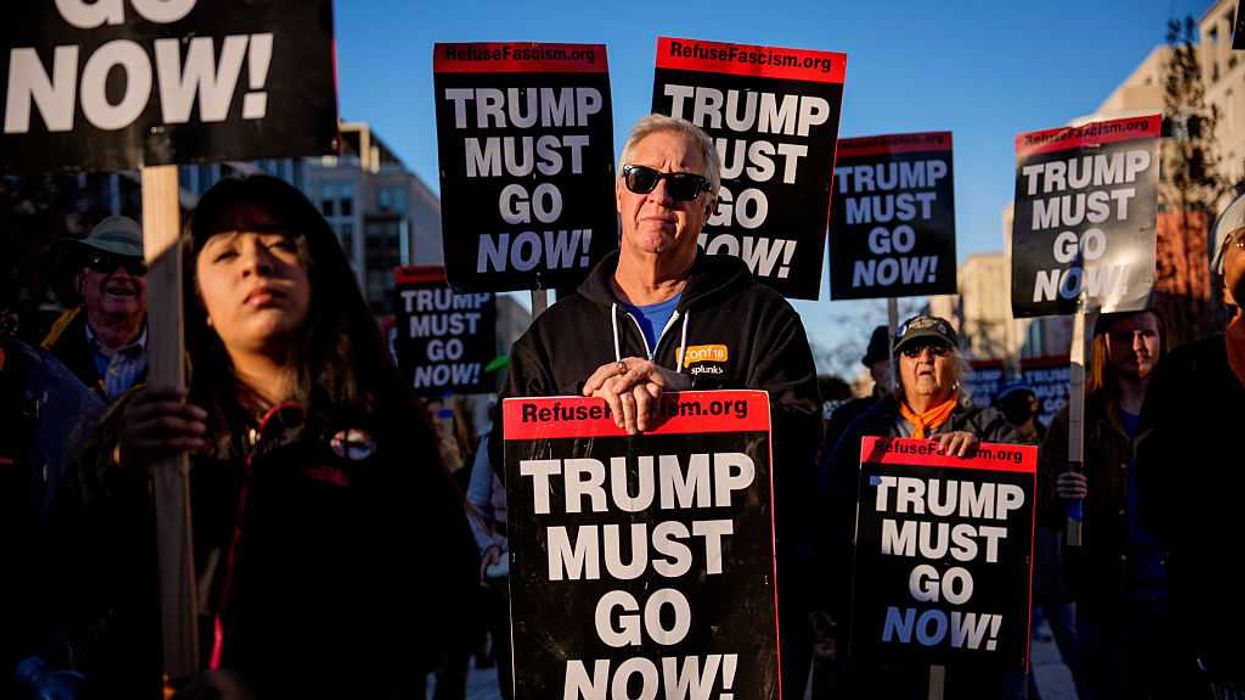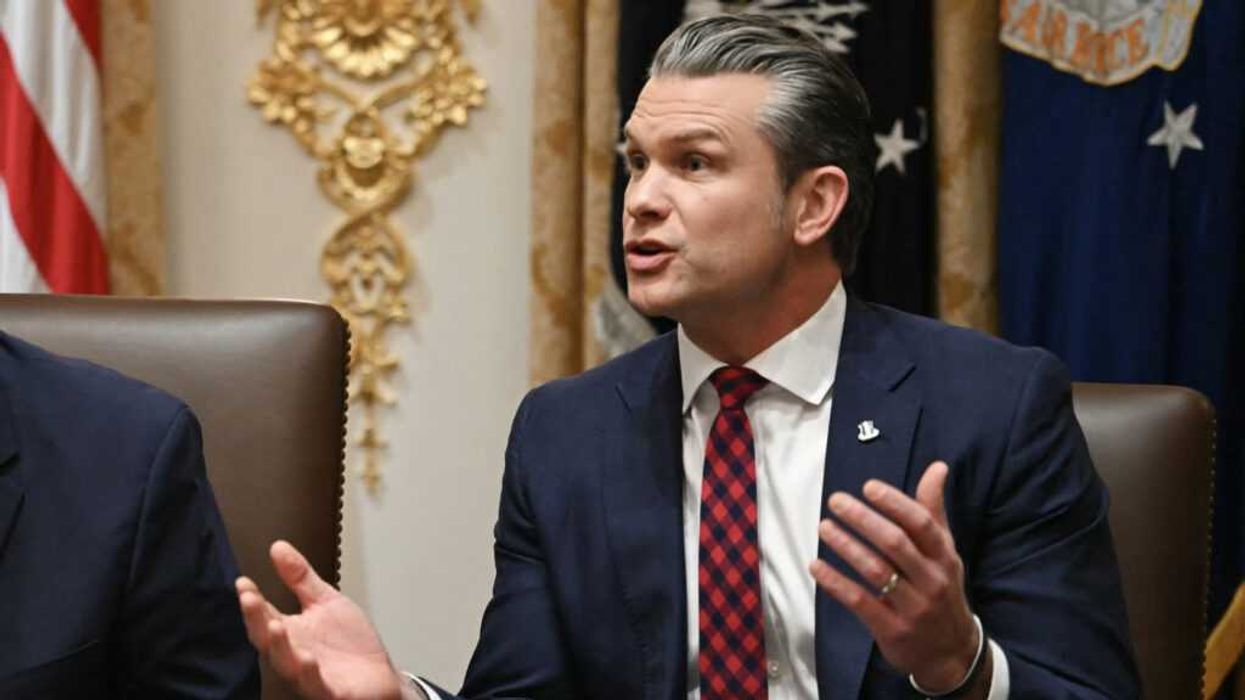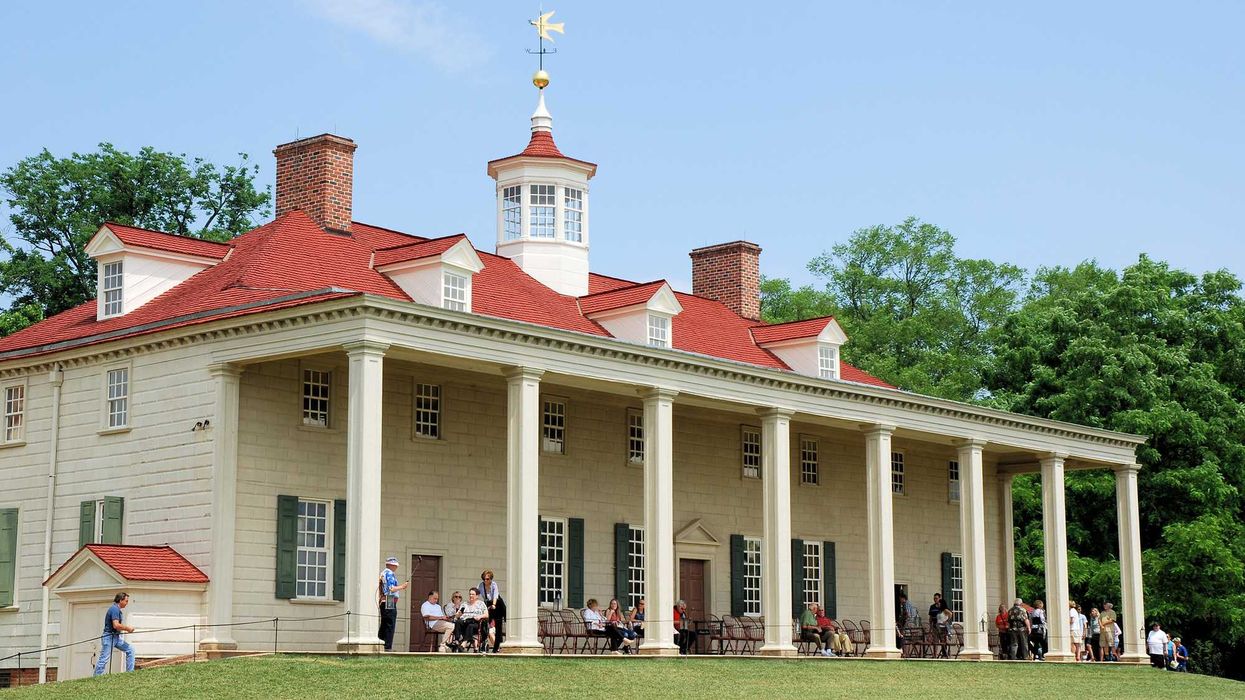Since the fires ignited in and around Los Angeles, many residents have returned to their neighborhoods, which are still smoldering, despite the ongoing threat of new fires and the prevailing unrest in the nation's second-largest city. For some, this marked their first opportunity to witness the extent of the devastation as the region, home to 13 million people, faces the significant challenge of recovery and rebuilding.
Fire officials are concerned over strengthening winds this week as Investigators are exploring various potential ignition sources for the large fires that have resulted in at least 16 fatalities and the destruction of thousands of homes and businesses.
The Associated Press reports that in the hilly, upscale Pacific Palisades, home to Hollywood stars like Jamie Lee Curtis and Billy Crystal, who lost houses in the fire, officials have placed the origin of the wind-whipped blaze behind a home on Piedra Morada Drive, which sits above a densely wooded arroyo.
While lightning is the most common source of fires in the U.S., according to the National Fire Protection Association, investigators were able to rule that out quickly. There were no reports of lightning in the Palisades area or the terrain around the Eaton Fire, which started in east Los Angeles County and destroyed hundreds of homes.
Prominent conservatives, including President-elect Donald Trump and billionaire Elon Musk, have attributed the severe damage and loss of life from the multiple wildfires to the Los Angeles Fire Department's focus on Diversity, Equity, and Inclusion (DEI) initiatives, as well as conservation efforts aimed at protecting the endangered delta smelt fish.
Trump has not expressed significant sympathy regarding the crisis; he has stated that he could manage the situation more effectively, blaming the state's Democratic governor, Gavin Newsom.
Newsom blasted Trump in an interview on NBC News’ “Meet the Press," saying, “Mis- and disinformation I don’t think advantages or aids any of us.” Regarding Trump's insults to him, Newsom said, “I’m very familiar with them. Every elected official that he disagrees with is very familiar with them.”
Newsom wrote a letter to Trump inviting him to come to his state and tour the destruction.
“The root cause is climate change,” said Julie May, senior scientist with Communities for a Better Environment, in an interview with The Sacramento Bee. May said climate change has contributed to periods of heavy rain — which causes plant life to grow — followed by extended periods of drought — which dries those plants out, turning them into perfect fire fuel, leading Southern California to its current tinderbox state.
Major weather monitoring agencies have confirmed that 2024 is the hottest year recorded in global history. Notably, four out of six agencies indicated that it marks the first full year in which Earth exceeded a warming threshold considered critical for mitigating the most severe effects of climate change.
Hugo Balta is the executive editor of the Fulcrum, and the publisher of the Latino News Network. An award-winning news veteran, the only two-term president of the National Associaton of Hispanic Journalists was recently recognized by Northwestern University Medill School of Journalism.



















